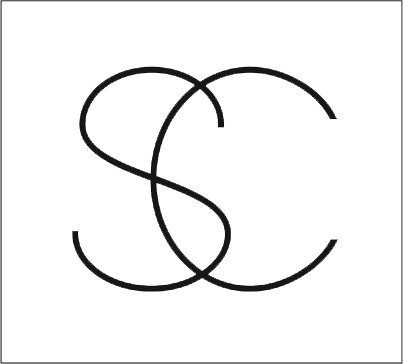The Right Team
Choosing a team that is right for you is critical not only to the result but also to the process.
Understanding the options of how to put together your team is the first step, and you can find a general review of three different types of projects below.
In making these decisions, I always stress that it is important to know yourself well enough to understand how you work best as a client. Self–awareness truly is the most valuable trait that a client can have to set yourself up for success (see HOW TO BE A GOOD CLIENT). Some of the questions to ask yourself include – Do you like a lot of structure? Do you like to be involved in a lot of details? Are you hoping to hire a team and have little involvement in the process? What are you willing to forego in order to meet your budget?
Large Renovation
Involves significant work across multiple spaces and/or an addition, requires signed drawings for permits
Architect: The top of the project pyramid is the architect, who carries the overall responsibility for the project and signs the drawings. They create the overall architectural concept that drives all decisions throughout the project.
Structural Engineer + Other Specialty Professions: These professions are brought into the process by either the architect or the contractor as needed. They are often involved in the architectural planning and then are consulted throughout the construction phase as any questions arise.
General Contractor: The general contractor (GC) manages the team that executes the work. Each company has a process for handling the project management.
Subcontractors / the Trades: The GC manages the subcontractors who are also referred to as the trades. Electrical, plumbing, flooring, painting, and tile, among others, all fall into this category.
Interiors: Ideally, your project also has a team member (or members) focused on the interior experience of the space, which covers several areas.
Interior Architecture: The (general) architect is responsible for the safety and external structure of the building. The interior architect focuses on the experience of the space, reviewing the plans and providing feedback regarding adjustments required to bring your vision to reality.
Hard (Design) Materials: The GC provides the building materials, including items such the drywall and the items behind the walls. The hard materials include items such as faucets, light fixtures, tile, cabinetry, door hardware and full under the interiors realm. Each item needs to be “allowed for” (which is an industry term referencing the amount given to each item in the project budget) and selected.
Soft Materials + Styling: A renovation can technically end without these items, but most people do want a dining table and chairs that fit the space, for example, even if they are not ready to commit to all of the materials.
Note: A Design / Build firm brings the architecture and contracting services under one umbrella, with additional services also often available. This approach can be a great option for ease of management for the client. It is often ARCHITECTURE / Build, rather than including the services that many people think of as “design,” such as selecting light fixtures. As with all contracts, be sure to understand what the relationship will deliver to avoid surprises later in terms of what you are responsible for managing after the architecture is defined.
Project Example: With structural changes, renovating the kitchen, powder room, mudroom, screened porch, office, primary bath, hall bath; adjusting space allocation for all bedrooms; and adjusting flooring in basement.
Small Renovation
Involves focused work in one or two areas with no structural changes, does not require architectural drawings although may require inspections for specific work
Key Difference between Large and Small Renovations: With a small renovation, you do not require an architect or a structural engineer
Required Team Members: At a minimum, you will need the appropriate trades to execute the work, such as plumbers, electricians, or painters.
Optional Team Members: You may elect to act as your own general contractor or you may hire someone to coordinate the work. If you have a great eye for design and know what you like, you may elect to make all of your interiors decisions, rather than hiring someone.
Project Example: Updating an existing bathroom, leaving all of the water and waste in the same locations, simply changing all of the fixtures and the tile.
Materials Only
Focuses on aesthetic updates and does not involve any demolition
Optional Team Members: All team members are optional for this type of project. For example, you may want a new kitchen faucet; some homeowners may select the faucet and install it on their own, other homeowners will reach out to a designer to offer suggestions and hire a plumber for the installation. There are no right or wrong answers regarding to how to approach a project that involves only materials.
Project Example: A refreshed family room, including new furniture, wall color, ceiling treatment, light fixture, art, and media.
